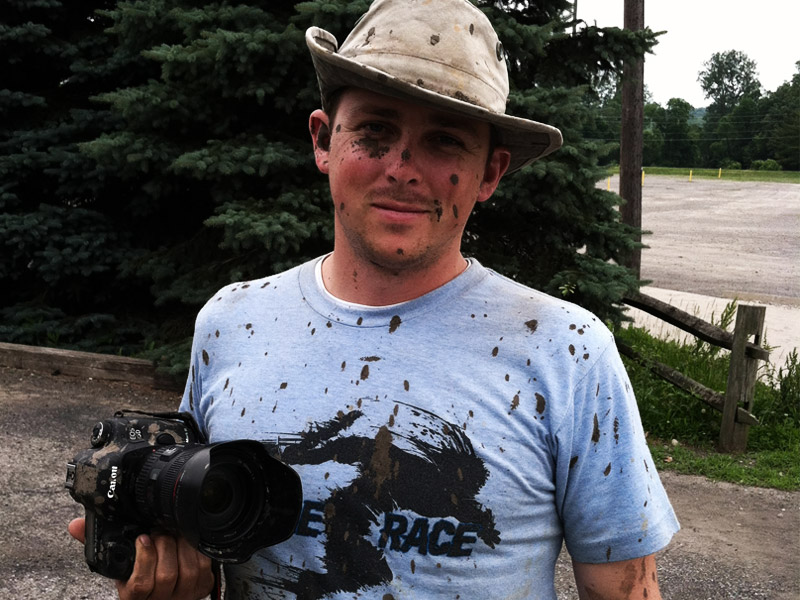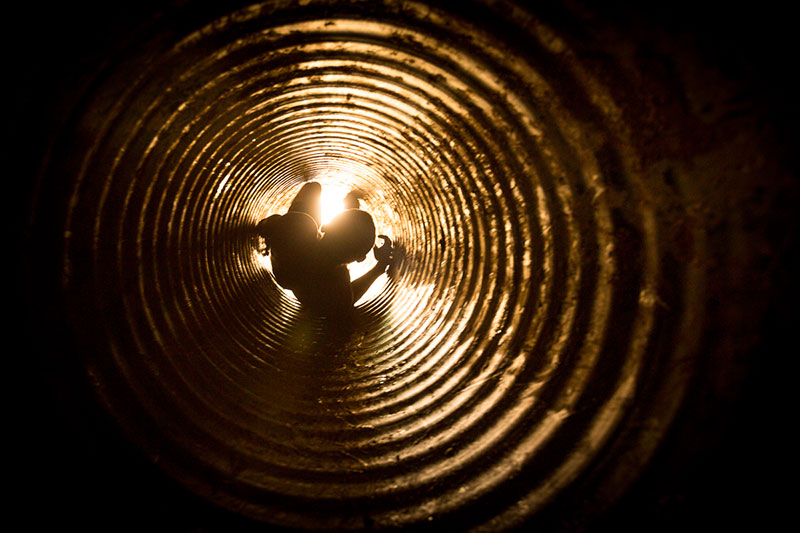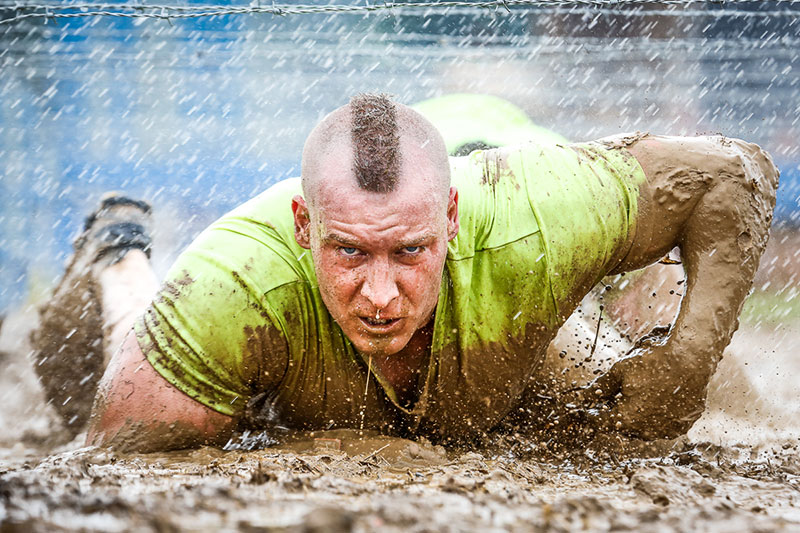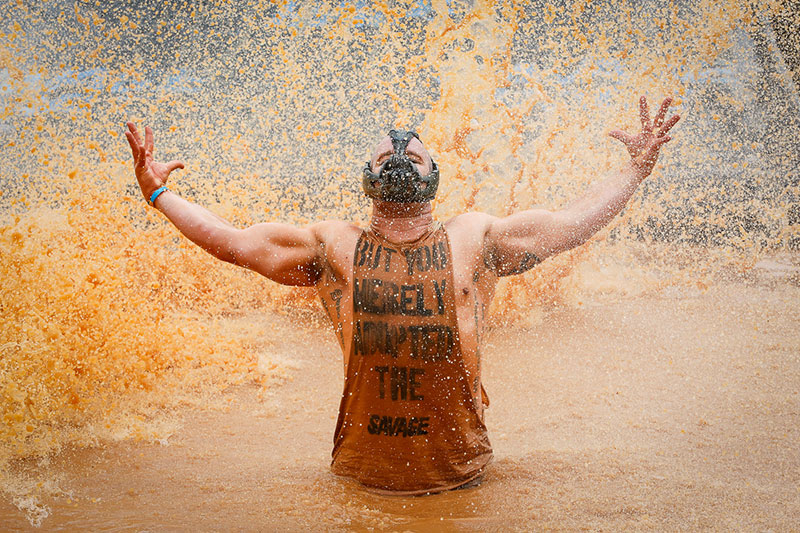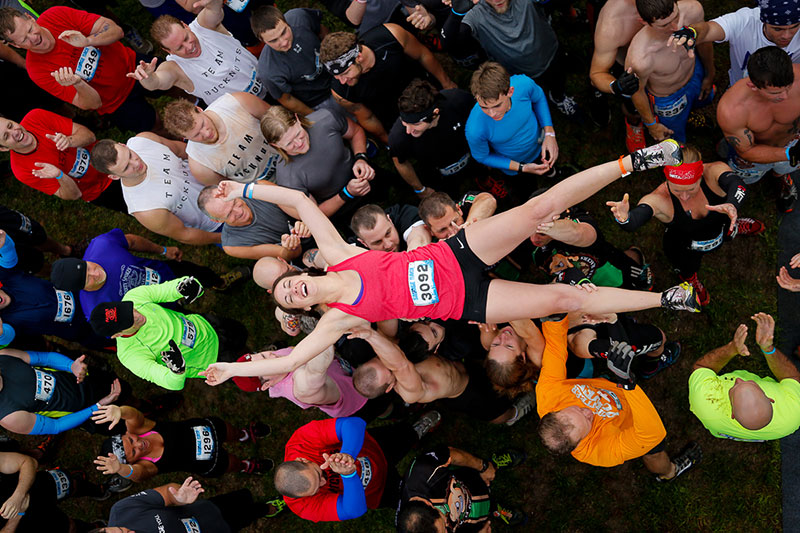Behind the Scenes at Savage Race: Meet Mac Stone
The Savage Race team is an extremely talented and passionate group of individuals who love coming together to produce the most exciting day of YOUR life! In this series, we want to bring you behind the scenes and give you an opportunity to learn a little bit more about each of us. What better way to start than to introduce you to the man behind the camera lens, Mac Stone. Read on to learn what it takes to catch Mac’s attention and ensure that he captures your most epic moment (or biggest wipeout) on the course!
-Sam Abbitt, CEO and Co-Founder of Savage Race
Since the humble beginnings of Savage Race, Mac Stone was enlisted to capture the essence of what it means to experience one of the country’s top obstacle course races. His images have embodied the excitement, teamwork, and endurance at every event since the inception of Savage Race, but there’s a lot more to Mac than most participants know.
Mac Stone is an award-winning natural history and conservation photographer, recognized across the globe with works published in National Geographic Traveler, BBC Wildlife, Nature’s Best Magazine, Outdoor Photographer, Audubon Magazine, National Parks Magazine, and many, many more. When he’s not hanging out on top of Sawtooth or knee-deep in Mud N’ Guts for Savage Race, he’s likely slogging through southeastern wilderness getting up close and personal with alligators and snakes.
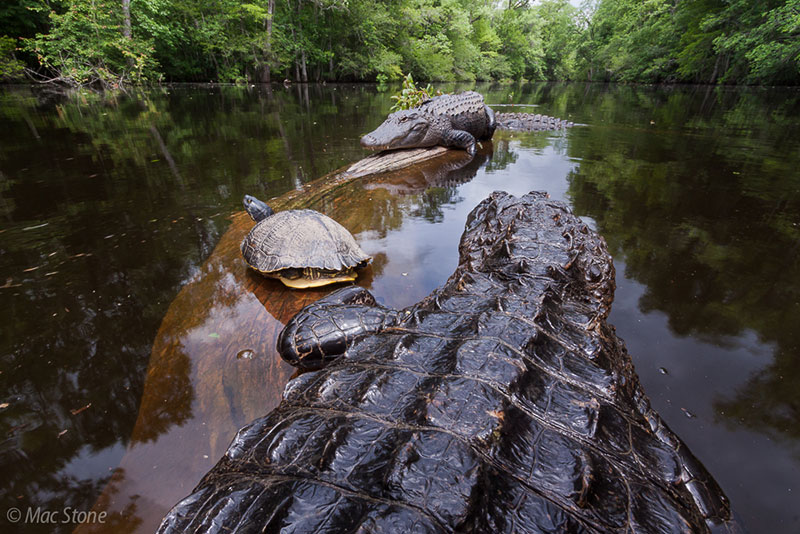
Growing up in Gainesville, Florida, Mac became familiar with the wild outdoors at a very young age. Over the years he’s had an opportunity to travel to some of the most remote parts of the world in order to capture the dynamic relationship between people and the natural world. From the Amazon Rainforest in Ecuador to the sagebrush country of Wyoming and the deepest regions of the Everglades, Mac has experienced and captured the essence of some thrilling and breathtaking parts of the world that few people ever get to see firsthand.
Mac’s passion for our planet and skill as a photographer has recently been recognized by the Save our Seas Foundation, who awarded him a coveted Marine Conservation Photography Grant. This grant will give Mac a paid three-week photographic assignment to document a conservation project in collaboration with National Geographic. Mac is eagerly looking forward to finding out what this unique assignment will entail and where he will be sent.
Although Mac’s natural history and conservation photography work is a huge part of his life, capturing awe-inspiring moments and telling your Savage Race stories through the camera lens is one of his greatest passions as well. Let’s hear directly from Mac as he talks about what it’s like to be the official event photographer for Savage Race.
What is your favorite obstacle to photograph at the Savage Race, and why?
My favorite obstacle to shoot at Savage Race has lately become Colon Blow. It’s probably the most uncomfortable place to shoot because it’s dark, it’s cramped, it’s hot, and there’s no room for me when a bunch of participants come through at once, but I really like the dark spaces and the seemingly endless tunnels of warm amber light that surround the participants. It’s a great escape and relief from the blue skies and direct light of the other obstacles. The runners always get a kick of my photographing in there saying “how’d you get stuck with this job?!?” but the truth of the matter is that it’s completely voluntary and I’m loving every minute of it.
How many cameras/lenses have you ruined shooting the Savage Race?
Surprisingly, all my cameras and lenses still work… for the most part. After each race I take a toothbrush and air compressor to my equipment but I’m sure it won’t be long until one of my bodies goes swimming.
Do you have one “most memorable” photo from the Savage Races you’ve shot?
I have a handful of photos from different obstacles and venues that are my most memorable shots, but you can see my best photos from 2014 here.
Do you have an idea for a really cool Savage Race shot that you haven’t gotten the opportunity to capture (yet)?
I always try to push people to do crazy things for the camera. It usually works, but what I’d really like is to shoot a photo of a participant with blue face paint going up Colossus with no rope.
Hear that, everyone? Get that face paint on and work on your vertical leap so you can tackle the Colossus and give Mac the perfect shot that he’s been waiting for! And if you’re interested in doing something absolutely photo-worthy on the course, here’s a tip from the pro:
How can Savage Racers get your attention for a really cool shot?
I’m pretty easy to find on the course and I’m always holding a camera. If you want to do something out of the ordinary, then PLEASE make sure the photographer closest to you knows. I always tell people it’s not enough to just run Savage Race, you gotta do it in style… and if you want your moment immortalized, then GET SAVAGE!
We here at Savage Race are inspired by Mac’s diverse talents and ability to capture the most serene moment alone in the swamps one day and then turn around and photograph thousands of you racers having the time of your lives just a few days later. Let’s get Mac’s perspective just one more time on how he manages to be so good at doing both…
How has photographing the Savage Race made you a better photographer?
The key to a good wildlife or candid action image isn’t knowing what’s happening, it’s knowing what’s going to happen. That sort of situational clairvoyance can only come from practice; lots and lots of practice. At an event I shoot between 3,000 and 5,000 photos. My trigger finger loves the exercise and my brain loves the challenge of creating new and inspired work. This exercise translates directly to my wildlife and conservation work. When I go on assignment for magazines and get a single chance to photograph a rare bird or mammal, I’m going to be ready.
Where do you see yourself as a photographer 10 years from now?
I guess I could use a little bit of that situational clairvoyance right now… I have no idea honestly. Things have changed so much for me in the last 5 years that I just can’t predict where I’ll be in a decade. Where would I like to be? Well, ideally I’d be shooting stories for a major magazine or international organization, using my images to make real and important changes in the way we treat our natural world. If I’m still camping under the stars and traveling to remote wildernesses in ten years, then I’d say I’m on the right track.
Mac certainly is on the right track! After spending nearly five years living and working in the Everglades, Mac has developed a 300-page coffee table book in hopes of changing public opinion towards our country’s wetlands. Mac’s book Everglades: America’s Wetland was published by University Press of Florida in 2014 and is available now! Congratulations, Mac!
“Everglades takes us into the lives of elusive species living far from the boardwalks and tourist trails. With the mind of a scientist, eyes of an artist, and the heart of an adventurer, Stone bears witness to the unrivaled beauty of America’s wetland.”
-Carlton Ward Jr., founder, Florida Wildlife Corridor Expedition
Mac’s Savage Race photos appear frequently on our website and Facebook pages. If you’re interested in viewing Mac’s stunning wildlife and wetlands photography or following his epic global adventures, connect with him at any of the following:
Website: http://MacStonePhoto.com
Facebook: https://www.facebook.com/MacStonePhotography
Twitter: @MacStonePhoto
Instagram: @MacStonePhoto
Comments are closed.



